
Backyard Wildlife Guide
This guide features various resources to help you attract and enjoy wildlife in your own backyard.



This guide features various resources to help you attract and enjoy wildlife in your own backyard.
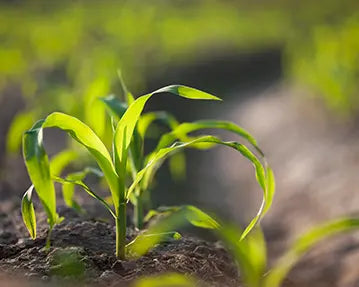
Everything you need to know about planting & planning your vegetable garden, and caring for, maintaining, and harvesting a healthy garden crop
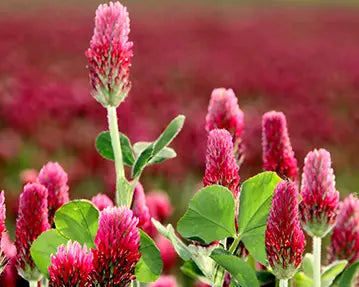
Learn about cover crop wildlife mixes, and see resources for fall and spring planting.

Ready to start canning? Here is our primer, complete with what you'll need to start canning, the mechanics of canning, step by step video guides, recipes, and more!
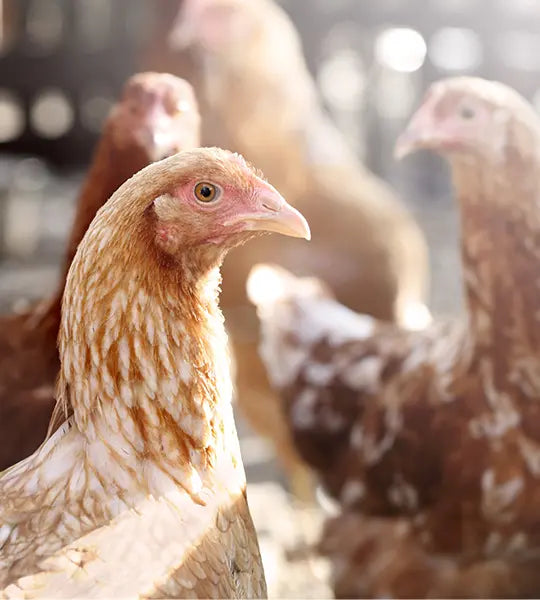
Discover the best poultry breeds for egg-laying, how to set up your brooder for new chicks, recommended products for poultry care, and more.

Lawn care got you down? Not anymore! This guide contains tips and tricks for maintaining and caring for your lawn, and to keep it beautiful, lush, and healthy all year long.

Love wild birds and want to see more of them? Read this guide to learn about how to attract wild birds to your property.
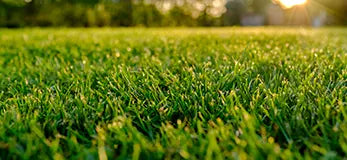
Enjoy a variety of how-to and testimonial videos on our YouTube channel.
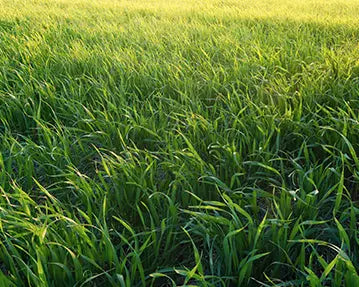
Let this guide lead you in the right direction when selecting quality hays and grasses for your horses or livestock.
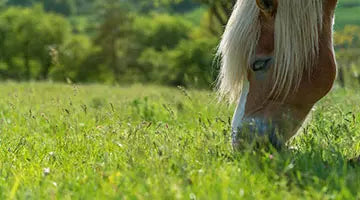
Let this guide lead you in the right direction when selecting quality hays and grasses for your horses or livestock.
